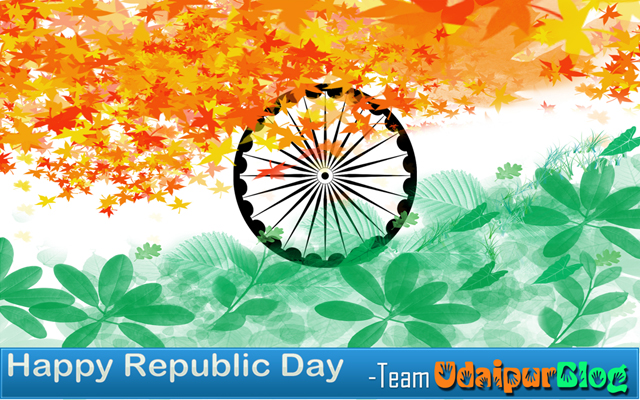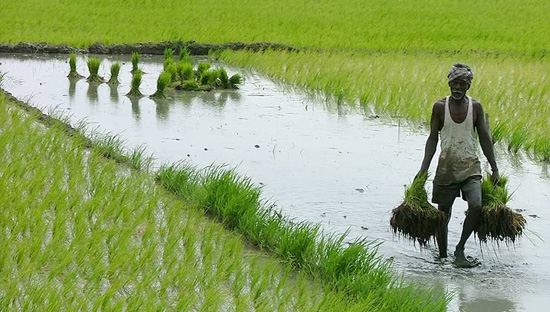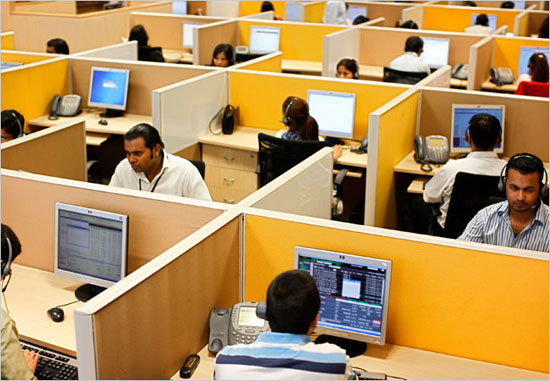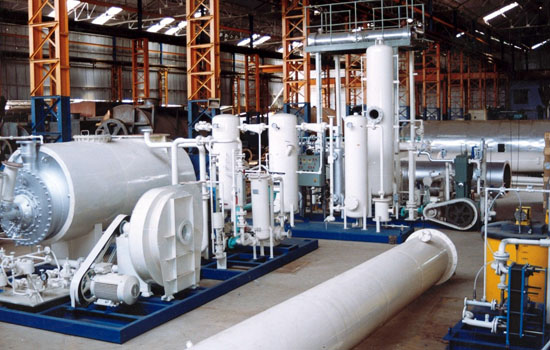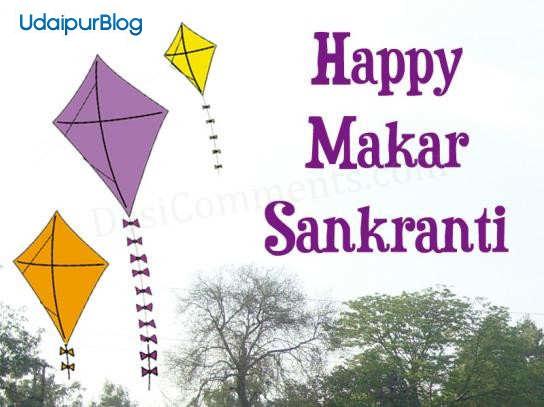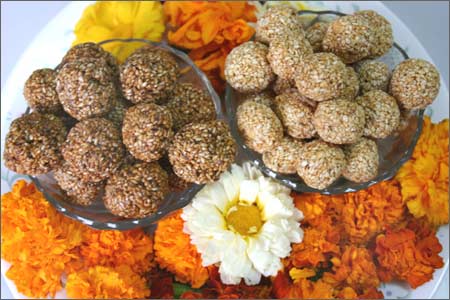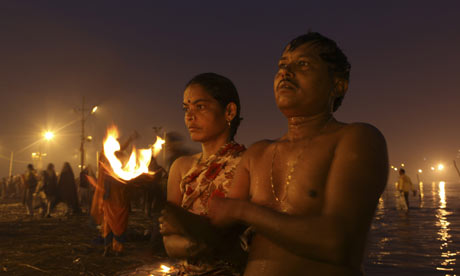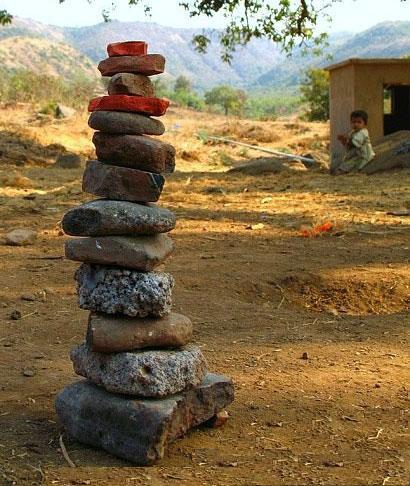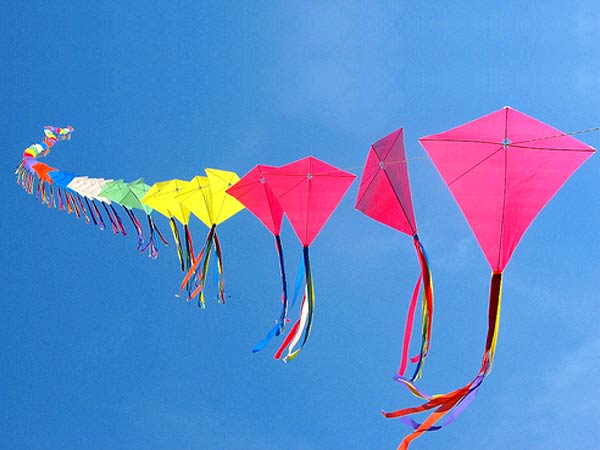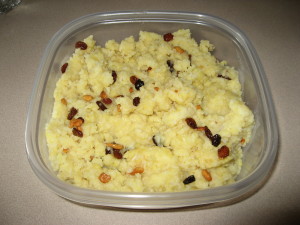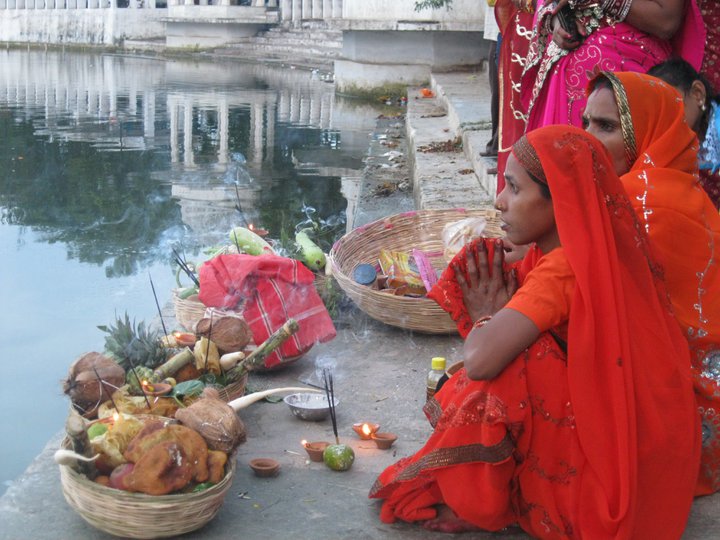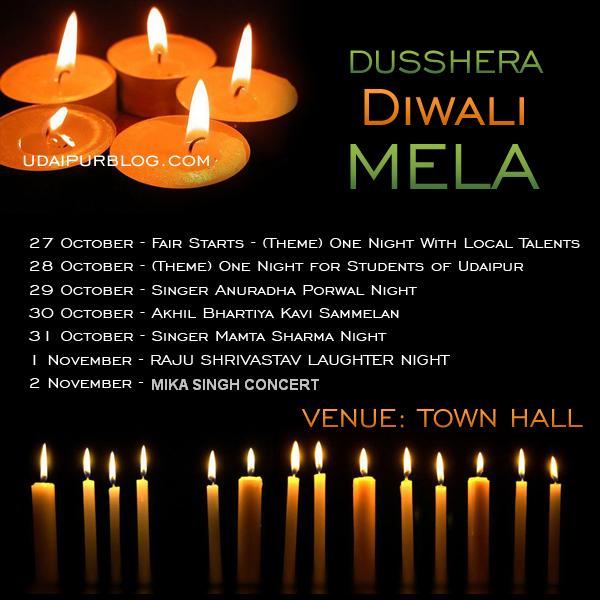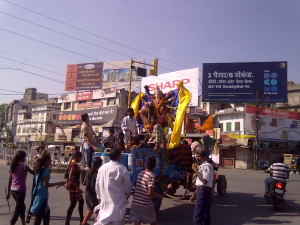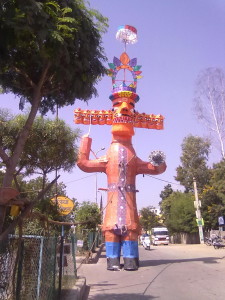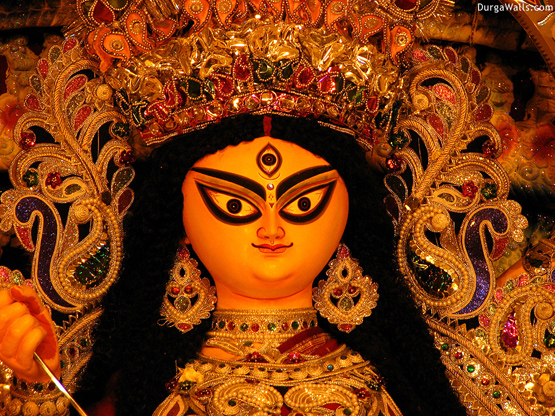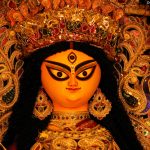SARVAMANGALAMANGALYE
SHIVE SARVATHASAADHIKE,
SHARANYE TRIYAMBAKE GAURI
NARAAYANI NAMOSTUTE
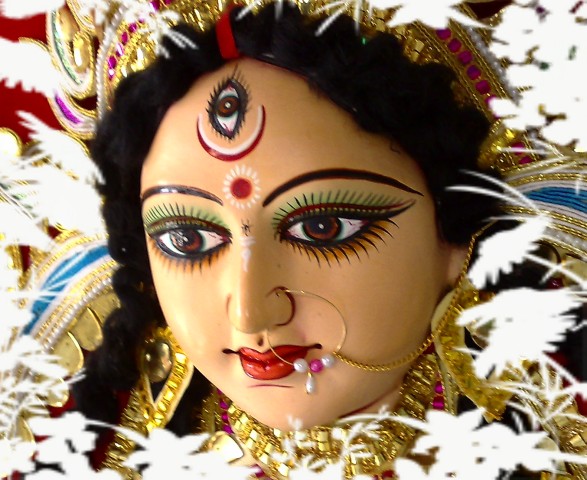
The nine-day festival of Navratri, , in Hindu religion devoted to the nine manifestations of Goddess Ma Durga. According to the Hindu calendar, Navratri begins from the first day of the bright fortnight of Ashwin which usually coincides with the end of the rainy season. The most important Navratri in a year is the Sharadiya Navratra which begins on the first day of the bright half of Ashvin or Ashwayuja (September-October) as per traditional Hindu calendar.
The nine days have great religious significance as Goddess Durga, the divine mother, had destroyed the evil force in the form of the demon Mahisashura during this period.
Durga, in Sanskrit means “She who is incomprehensible or difficult to reach.” Goddess Durga is a form of Sakti worshiped for her gracious as well as terrifying aspect. Mother of the Universe, she represents the infinite power of the universe and is a symbol of a female dynamism. The manifestation of Goddess Durga is said to emerge from her formless essence and the two are inseparable.
She is also called by many other names, such as Parvati, Ambika, and Kali. In the form of Parvati, She is known as the divine spouse of Lord Shiva and is the mother of her two sons, Ganesha and Karttikeya, and daughter Jyoti. Destroyer of demons, she is worshiped during an annual festival called Durga puja, especially popular among Bengalis.
Her Appearance
There are endless aspects of Durga described in the Puranas and Agamas and the iconography is consequently very varied. She is usually pictured as having ten arms holding Sword, Conch, Discus, Rosary, Bell, Wine cup, Shielf, Bow, Arrow, and Spear. She is most often shown riding a lion from which comes her august name, Simhavahini, “She who stands astride the king of beasts”. She is gorgeously dressed in royal red cloth and has several ornaments decorating her personage. Her hair is dressed up in a crown (karandamukuta) which then flows out in long luxuriant tresses that are darkly luminous and soothing to the eye. The various tools reflect the eminent supremacy that helps in controlling the universe and obey her will.
Wielding Energy
Goddess Durga exists eternally, always abiding in her own sweet nature and inhabits the hearts and minds of her ecstatic devotees. As Shakti power, she shapes, nurtures, and dissolves names and forms, while as subtle spiritual energy called Kundalini, She lights the lotuses fo the seven centres of awareness in the sacred human body. Goddess Durga killed the powerful demon Mahish and all his great commanders. When demonic forces create imbalance all god unite becoming one divine force called Shakti or Durga.
First day (October 8th 2010)
The first day is devoted to the Maa Durga is called Shailputri, the daughter of the Himalayas. She is a form of Shakti, the companion of Lord Shiva.
Second Day (October 9th 2010)
The second day is dedicated to the Maa Durga is known as ‘Brahmacharini’. The name is derivative of the word ‘Brahma’, which means ‘Tapa’ or penace. She is also a form of Mata Shakti.
Third Day (October 10th 2010)
The third day is dedicated to the goddess Chandraghanta, the symbolic representation of beauty and bravery.
Fourth Day (October 11th 2010)
The fourth day is dedicated to the goddess Kushmandas, the creator of the entire Universe.
Fifth Day (October 12th 2010)
The fifth day is dedicated to the Goddess Skand Mata, the mother of the chief warrior of the Gods army the Skanda
Sixth Day (October 13th 2010)
Durga Puja begins in Bengal – Saraswati Puja Avaha The sixth day is dedicated to the goddess Katyayani with three eyes and four hands.
Seventh Day (October 14th 2010)
The seventh day is dedicated to the Goddess ‘Kalratri’, meant to make the devotees fearless.
Eighth Day (October 15th 2010)
The eight day is dedicated to the Mata Rani or ‘Maha Gauri’, represents calmness and exhibits wisdom.
Ninth Day (October 16th 2010)
The ninth day is dedicated to Durga also referred as Siddhidatri. It is believed that she has all the eight siddhis and is worshipped by all the Rishis and Yogis.
Durga Festival at Udaipur:-
On the occasion of Navratri to worship goddess and celebrate festival in the form of Dandiya, there are so many places which are being set for Dandiya Ras. Most of the goddess temple like Ambamata, Neemachmata, Aavrimata, and Kalikamata has setup for Dandiya by the followers and so many other groups and mandals are there who do manage Pandal (Particular area which covered with Tents).On the ninth day of Durga Puja Havana (puja) is being done by the learn people who do follow all the rules and custom during this nine days festival.
“Ya Devi Sarva Bhutesu Maa rupena samsthita
Ya Devi Sarva Bhutesu Shakti rupena samsthita
Ya Devi Sarva Bhutesu Buddhi rupena samsthita
Ya Devi Sarva Bhutesu Laxmi rupena samsthita
Namestasyai Namestasyai Namestasyai Namo Namah”
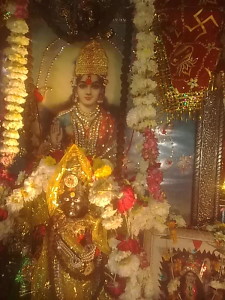
A Post By Monika Jain








